Welcome to our latest installment of Show Us Your Space, a Reverb series that celebrates the unique music-making environments of studio owners, builders, and musicians at all levels. Recently, we've visited a husband-and-wife pedal-building operation in Chicago, an all-tube equipment repair shop in Vouvray, France, and, most recently, Repercussions Studios in Philadelphia.
Today, we're heading down to High Point, North Carolina, where Stephen Lee Price runs a home studio that is truly equal parts home and studio.
As Stephen writes below, his original intent was to build a recording space separate from his house, but he and his wife Kate soon fell in love with the idea of combining them. "It is an intimate thing to bring people into your home, and we felt by doing so we were telling our artists that we are joining with them during the process of making their record," Stephen writes.
Luckily for us, they've shared this space with Reverb as well. Keep reading to follow along with Stephen as he walks you through his studio. If you're inspired to record or just want to learn more, visit Stephen Lee Price's website here.
Have you assembled a great practice space, project studio, or music workshop? Be sure to drop us a line at [email protected].

My wife and I designed and built our control room with the help of our friend Graham Roach. My dream was to have a space that communicated to artists that the music we are working on and what they have to say is important. I wanted a space that inspired our best. It needed to be quick and easy to settle into.
The studio takes up almost all of the main floor of our house, aside from our kitchen and living room. I originally thought we were going to buy a property with a house on it and build the studio separately on the land, but when we saw the house I fell in love with the idea of having to invite people into our home—our trusted space—and what that communicated about the value of our working relationship with the artists.

The console is a Sterling Modular Artist Series desk. My goal with assembling the equipment in this way was to allow me to work quickly and get to the music as fast as possible. The setup features three Avid Artist Series Controllers that directly control the Solid State Logic SIGMA summing amplifier. I wanted to be able to sum outside the box, but also wanted comprehensive and detailed automation. It all had to happen quickly, and this setup allows me that.
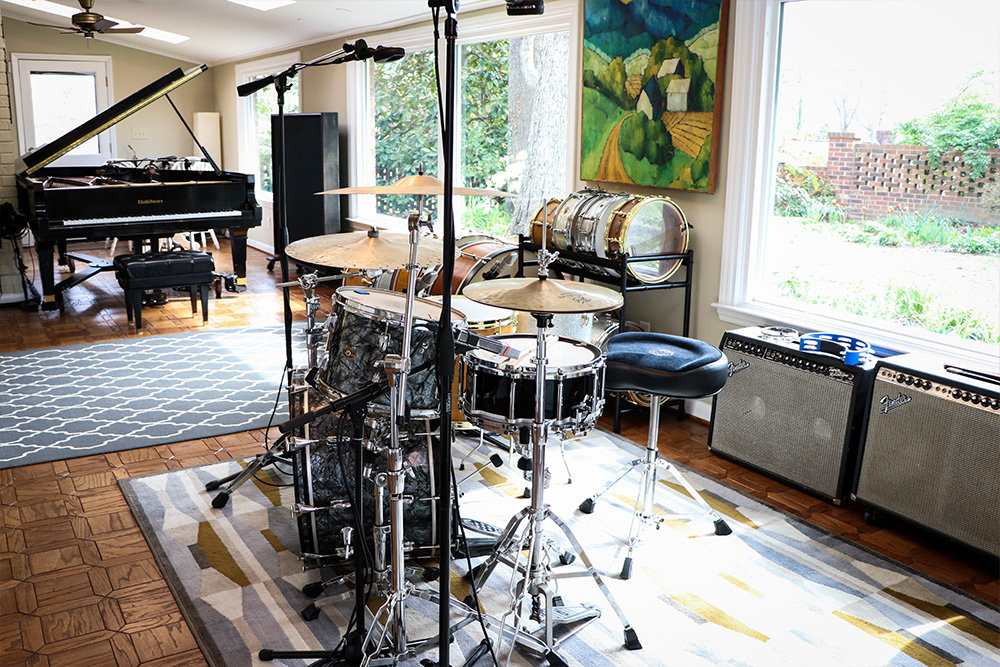
Our sun room is roughly 36’x18’ with a slanted roof and a lot of natural light. When we first saw the house I instantly fell in love with the sound of the room, with its wooden floors and solid brick wall. One of the first changes we made to the house was to install the custom-built sound-isolating windows, which dramatically reduced the incoming noise from outside.
The property is on a hill tucked away in a quiet neighborhood, so most often the only noise from outside was birds. The room has a warm, short decay and flatters most instruments we’ve recorded.
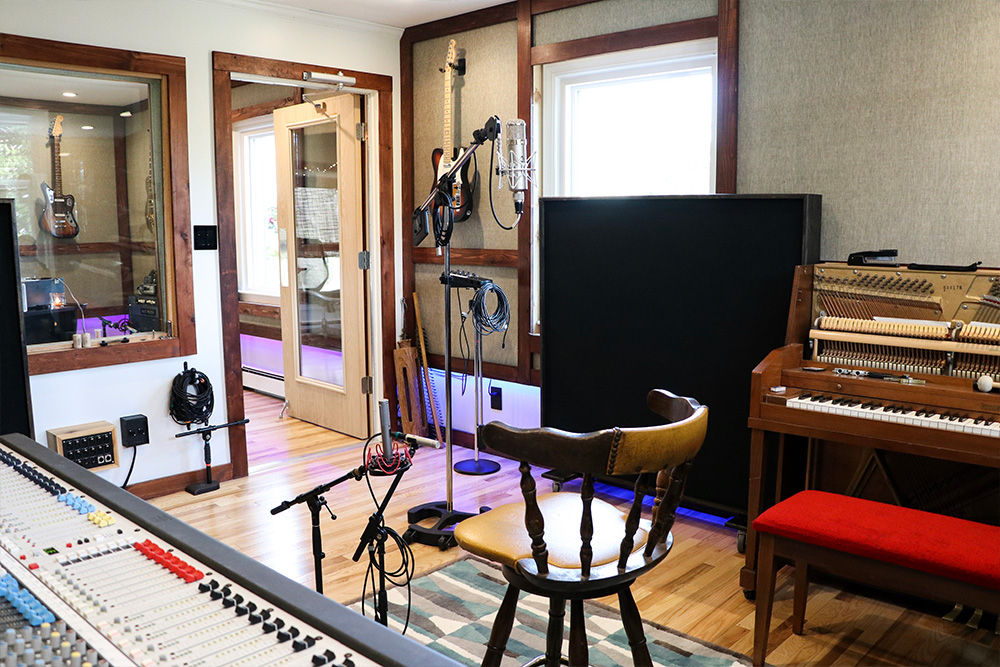
We decided to convert the dining room space into a simple, small, fairly dead-sounding overdub room. This is the quietest room in the whole house. It is accessed through the control room and is used often for acoustic instruments, strings, vocals, or guitar amplifiers where direct visibility in a session is helpful.
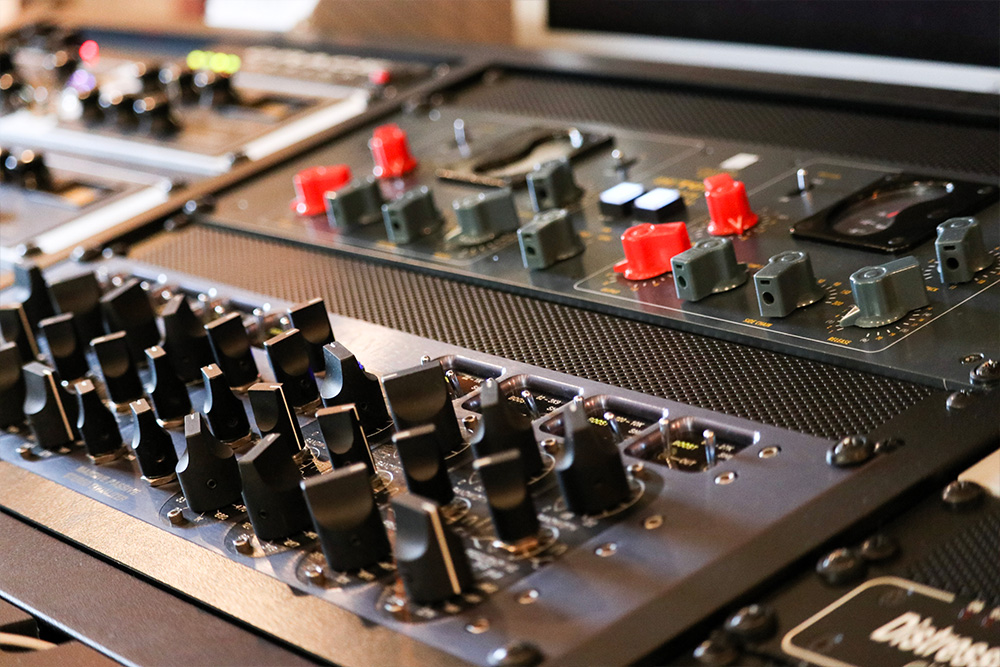
These two pieces of gear—the Chandler Zener Limiter and Manley Massive Passive—pull a lot of weight around here. Most often they live connected to my parallel drum buss on the SSL Sigma for mixing and also are likely to get used during recording. They’re an amazing pair for a vibey room mic sound. The Zener Limiter in particular has a way of drawing excitement forward in a track. It’s incredibly fun to use and I love the coloration it gives.
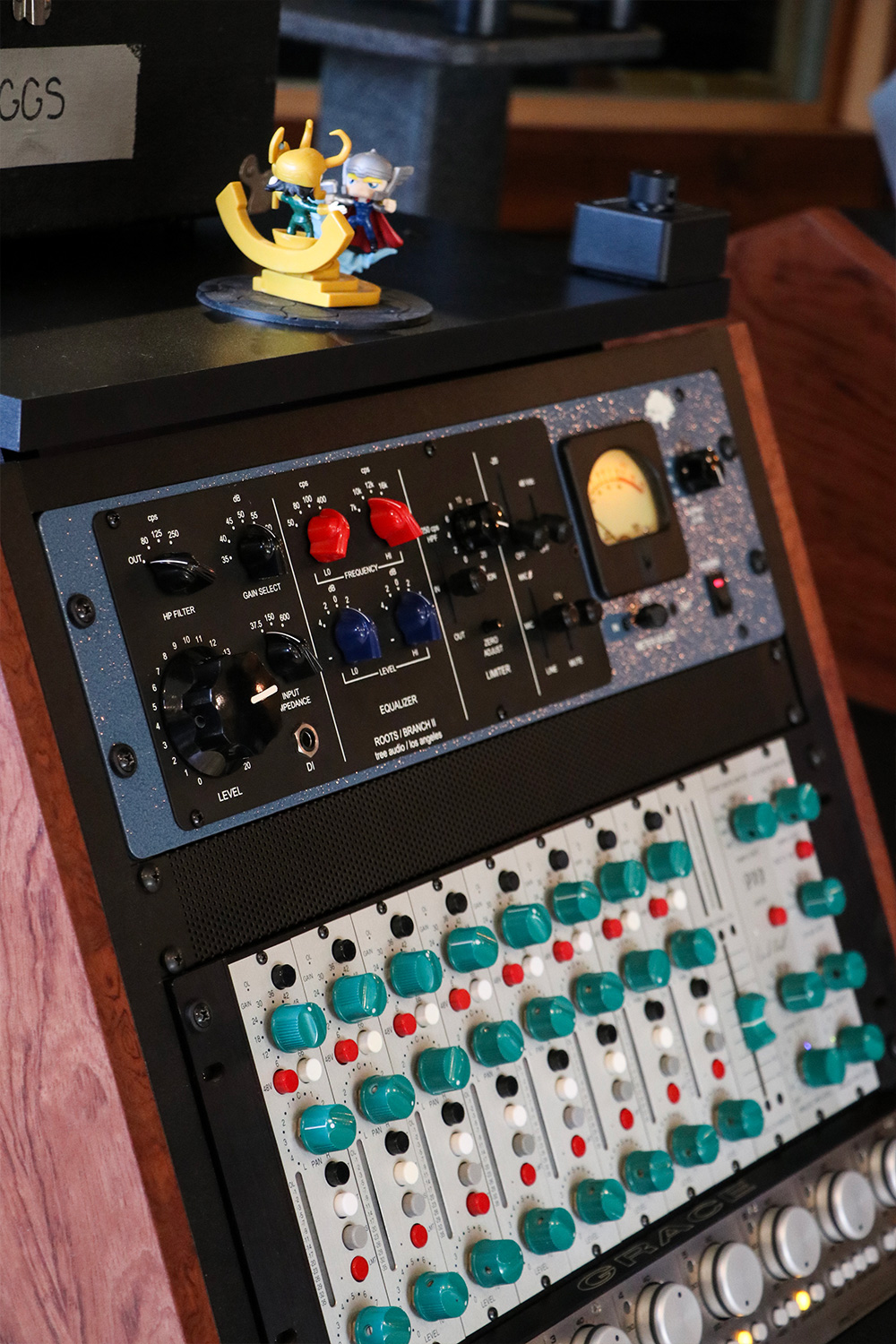
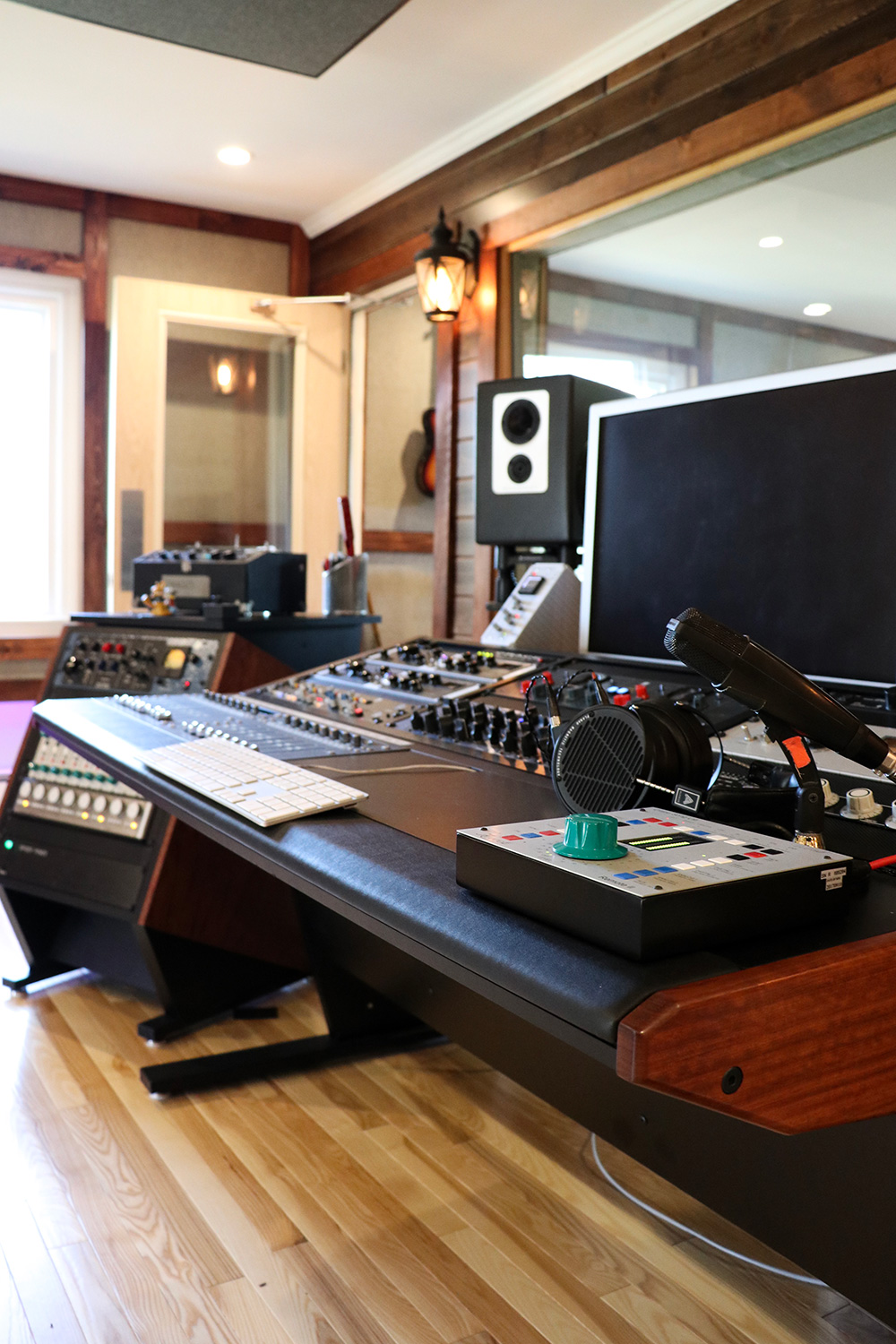
My Tree Audio Branch II has quickly become a go-to tube preamp channel strip. It sounds so good most of the time, I never even touch the killer-sounding Baxandall-style shelving EQ. It sounds huge and thick, warm and round. I love it on bass and for a big tube-y vocal sound.
I’ve had my Crane Song Spider almost since the beginning—it was one of the first pieces of gear I ever bought. To this day it is still indispensable. I use it often as preamps for drum mics and synthesizers. I love the mid-forward immediacy and the sweetened top-end.
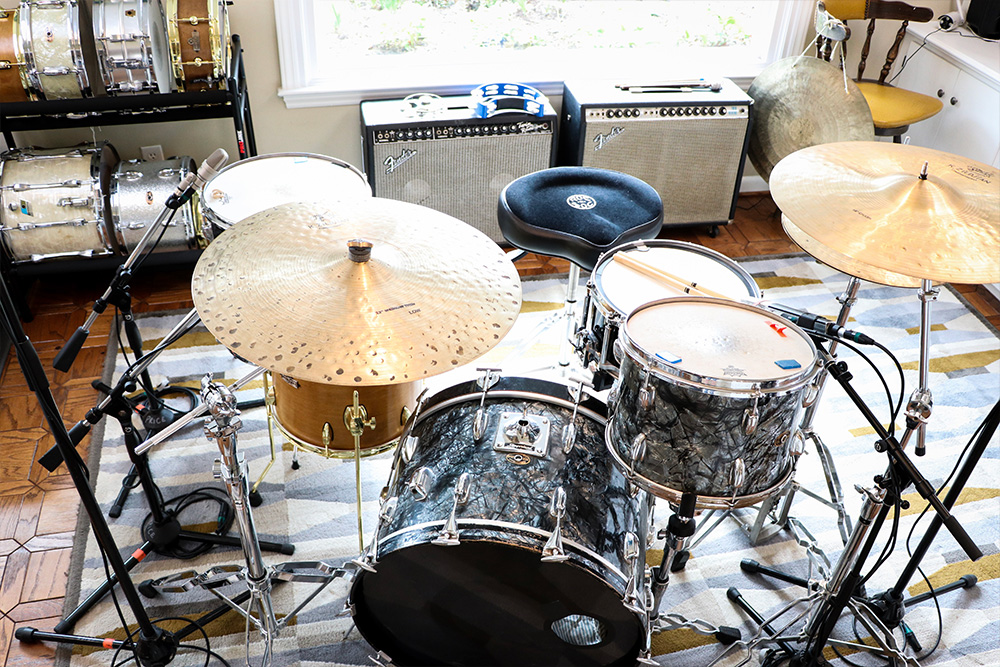
I love old thuddy drum sounds. Most of my drums are '60s-era Slingerlands or Ludwigs, with some newer pieces from Reverie Drum Co.
Reverie Drums are built locally by my friend Tim Roberts. I love the kit that is here at the studio—it has that alluring vintage thud with the modern power of a rock kit. Tim applied the Honey Maple oil varnish by hand, and I’m a sucker for gold hardware—they are truly standouts aesthetically.
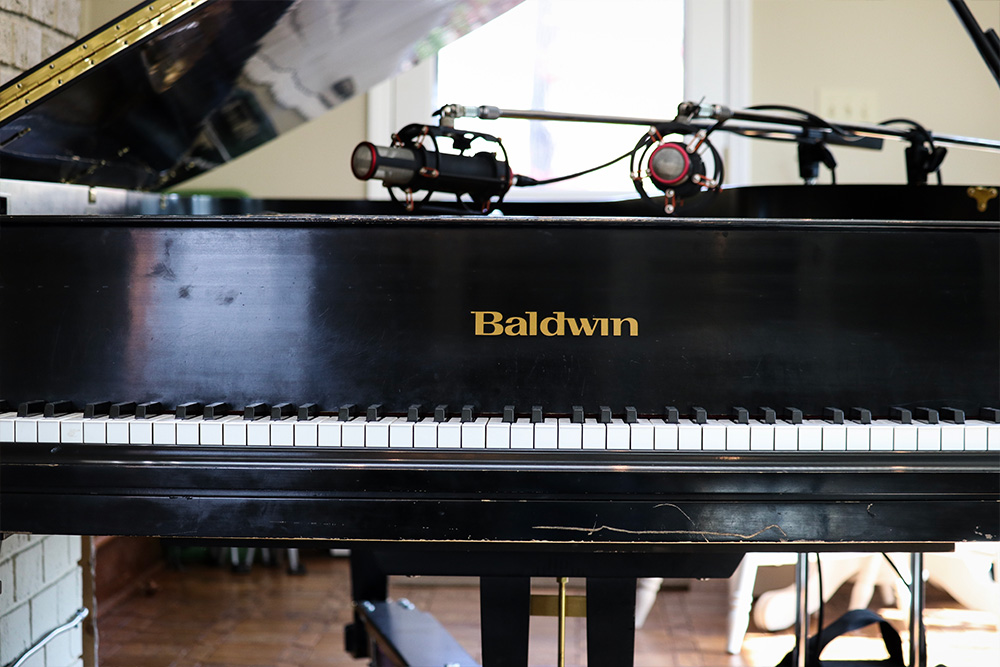
Our 1986 Baldwin SD10 lives in our sun room. When I was about 16 years old, this piano was sitting in a back hallway under a moving blanket of a church I set up sound at in the evenings. I had never played piano, yet I was drawn to it. When I completed my work I would sneak to the dark hallway and tinker around on the piano, holding the sustain pedal down and letting all the notes ring.
Two years ago, I wrote a letter to that church enclosed with an offer, and after reading my letter they believed the piano should be gifted and entrusted to me. I can’t help but believe that those late-night moments I had as a kid sitting at this piano shaped much of who I am as a producer and musician today.
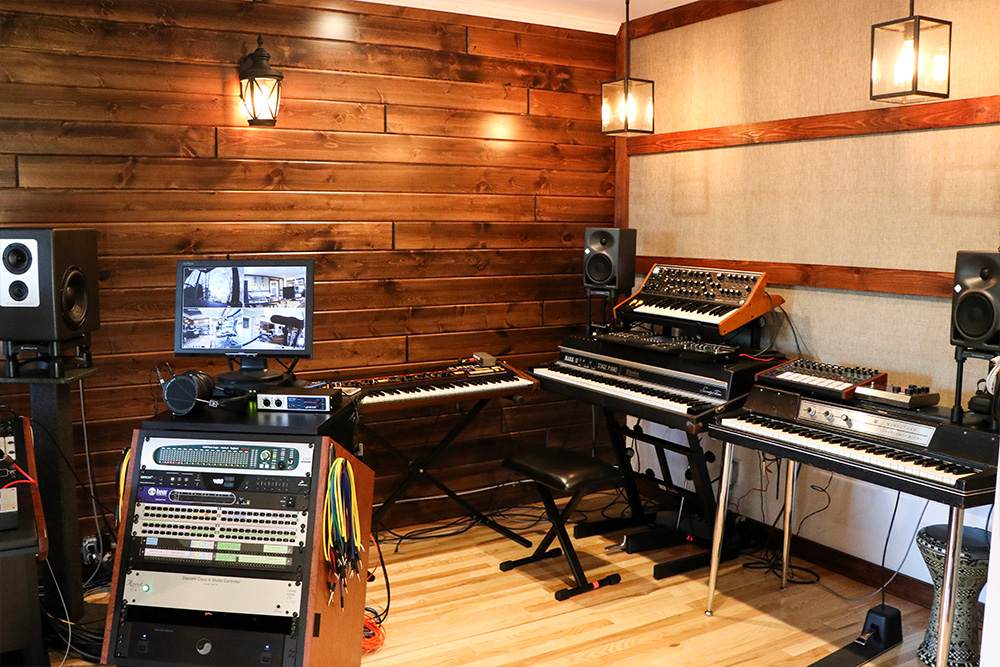
An old Wurlitzer 200A was one of my first introductions to piano. Since then, my love for keys and synths has bloomed into more of an addiction. I am fascinated with the character and personality these instruments give records. Rhodes Mark II, Dave Smith Tempest, Roland Juno-60, Moog Sub 37...

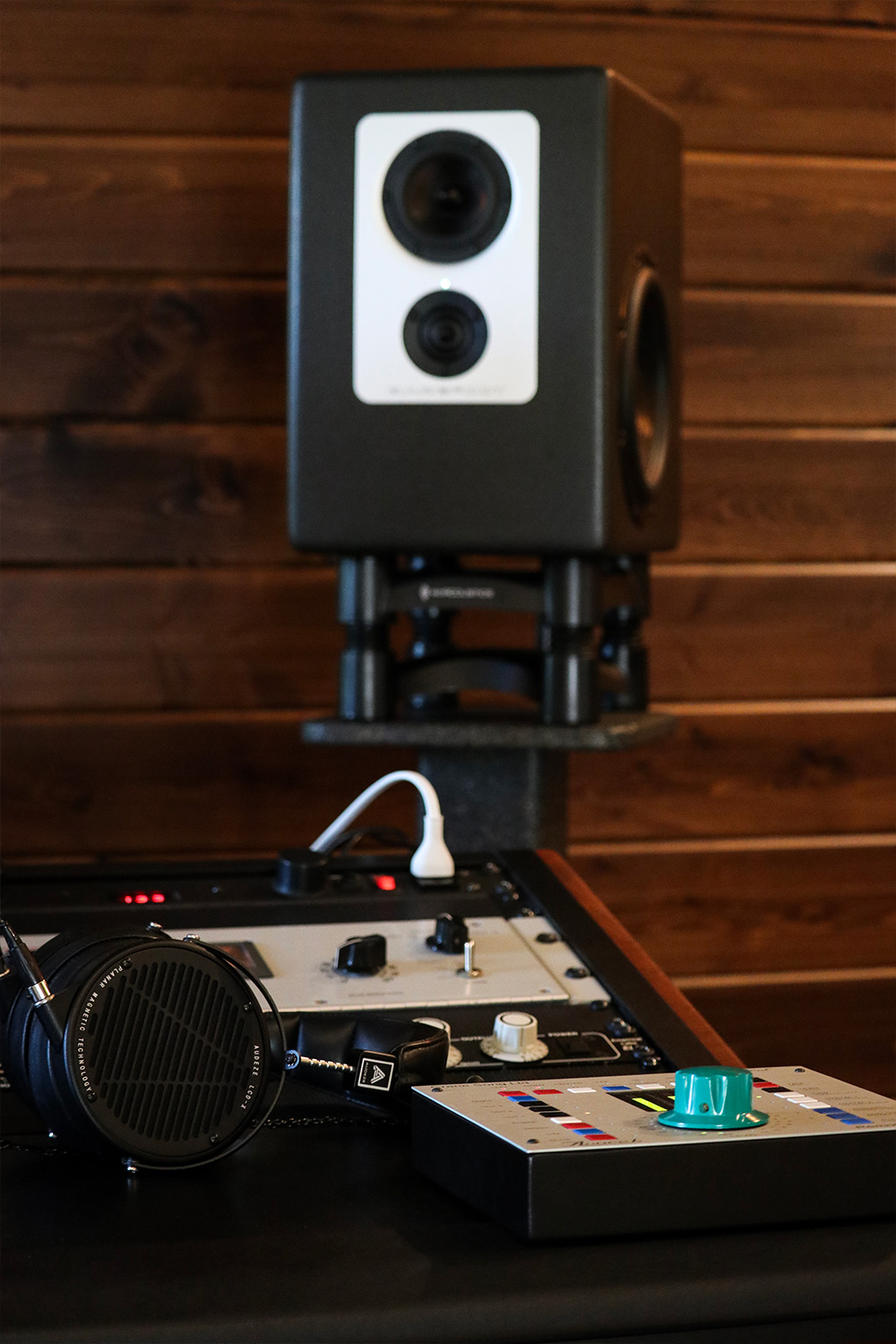
If I knew what I know now about monitoring I would’ve invested into it first thing. I rely on my Barefoot Sound Footprint 01s, my Crane Song Avocet IIA, and my Audeze LCD-X headphones every day for nearly every decision. It’s critical to not only be able to discern the sounds you're recording or mixing, but also to enjoy the vibe that is being presented in your space.
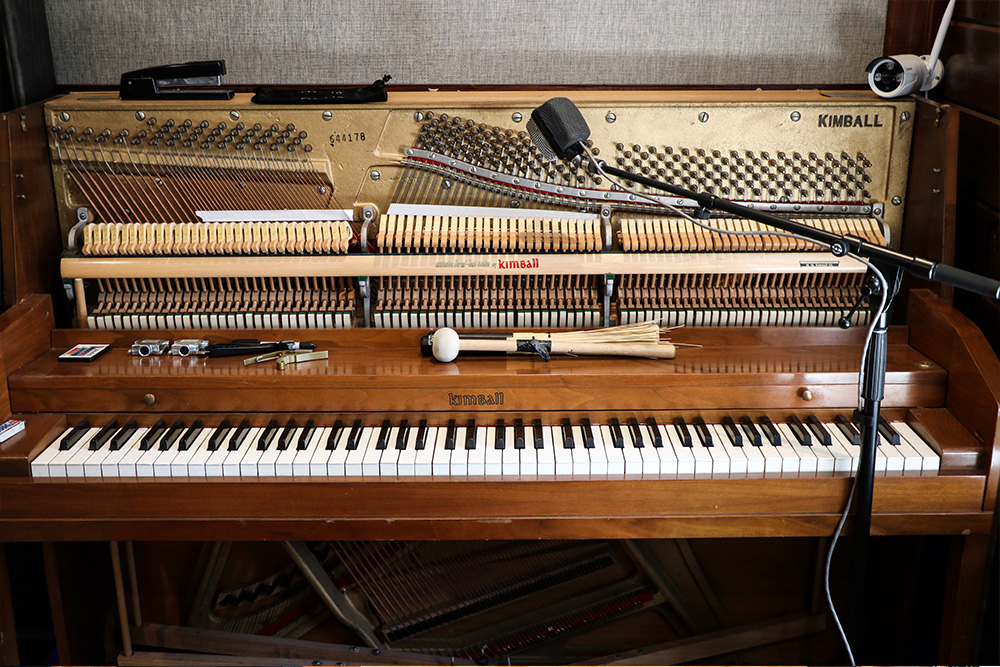
Family is at the heart of our studio. We made the decision to build the studio in our home for many deliberate reasons, but the chief among them being what we wanted to communicate to the artists we work with. It is an intimate thing to bring people into your home, and we felt by doing so we were telling our artists that we are joining with them during the process of making their record, not just artistically but relationally as well.
Check out Stephen Lee Price's website here for more information. And check out previous installments of our Show Us Your Space series below.
We'd love to see your studio, practice space, or gear lair too—whether it's a professional outfit or a weekend retreat. Contact us at [email protected].
